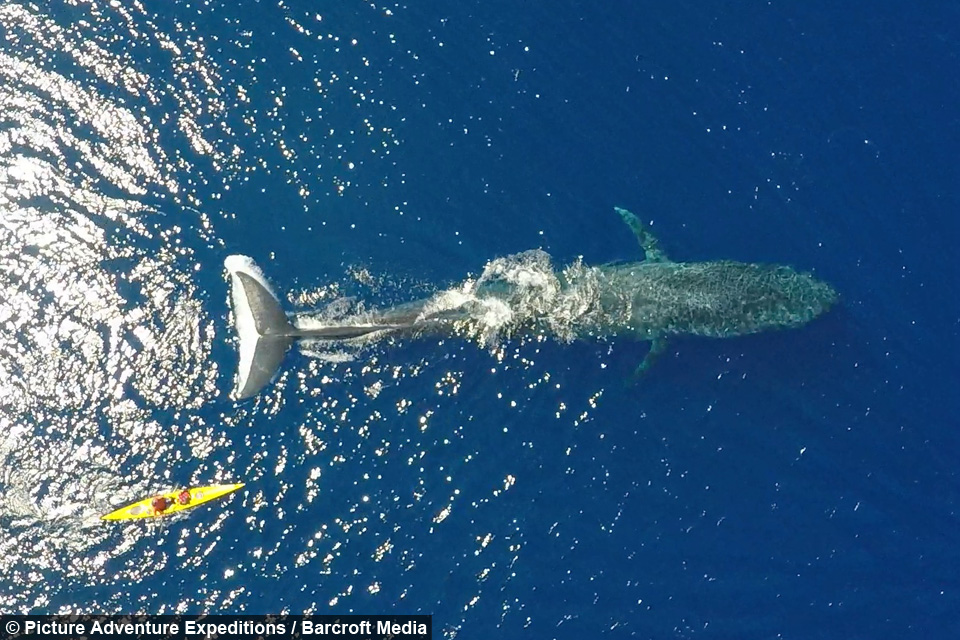
Potential sources of man-made underwater noise in Australian waters include seismic surveys for oil, gas and geophysical exploration industrial development (such as drilling, pile-driving, blasting and dredging) gas processing and shipping. Man-made noise can potentially mask their vocalisations, throwing them off-course and disrupting both movements and breeding. However you calculate it, whales are fertiliing their feeding grounds and providing sufficient nutrients to sustain krill populations.īlue whales use sound to find their partners and perhaps location of topographic features and prey. Because plankton help to remove carbon dioxide from the atmosphere, you could go as far as to say that blue whales are carbon neutral. These nutrients, particularly iron and nitrogen, are vital for phytoplankton, at the base of the food chain. Their iron-rich poo is a really important source of nutrients in the marine food chain, promoting Southern Ocean productivity, which boosts fishery yields. Only one population, in the northeast Pacific off California, is showing real signs of recovery and it contains around 3,000 animals.īlue whales require enormous amounts of food, but they’re a boon to rather than a burden on the ocean ecosystem. Most biologists consider it among the most endangered of the great whales. Before whaling there may have been as many as 250,000 today, it is one of the world's rarest species, with the population of blue whales numbering just 10,000-25,000. While it may be considered an endangered species, the blue whale is truly international, occurring in all oceans except the Arctic, and enclosed seas of course. Whales are an important part of the marine food chain and play a huge role in maintaining the health of our oceans. This call can be heard for hundreds of kilometres, which is handy if you’re scouring our vast oceans for a mate.Īnd if you’ve ever wondered whether a blue whale is actually blue… they are in fact a lightly mottled blue-grey, with light grey or yellow-white undersides. The low-frequency whistle is louder than a jet engine, reaching 188 decibels, compared to a jet engine's paltry 140 decibels. In order to eat, the blue whale expands its throat plates and takes in both water and krill, then it pushes the water out through its baleen plates, swallowing the krill that has stayed inside its mouth.Ī blue whale's heart is the size of a small car and its heart beat can be detected more than three kilometres away.

To put that into perspective, an adult male African elephant weighs six tonnes! Tipping the scales at up to 200 tonnes, a whale needs to eat about four tonnes of krill (shrimp-like crustaceans) daily.

It’s also one of the loudest and hungriest species on Earth.īlue whales are simply enormous, ranging in length from 24-33 metres, and females are up to 10 metres longer than their male counterparts. The largest animal ever known – the blue whale – sets a number of impressive records.


 0 kommentar(er)
0 kommentar(er)
